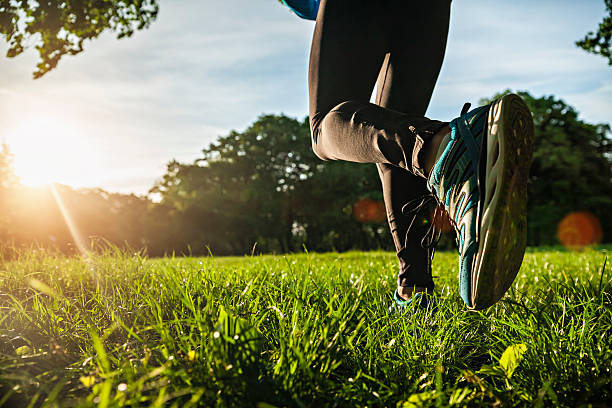Choosing the correct athletic shoe for a particular sport or activity may improve convenience and efficiency while also reducing the risk of injury. The feet, calves, and legs are placed under a lot of stress during sports. Jogging and sprinting, for example, exert pressure via the legs that are 3 to 5 times the user’s body weight. For the first time, athletic shoes have been designed for specific workouts.
The old trainers from the bottom of the closet are used for short activities, but they’ll require professional footwear if people want to become serious about their workouts. The comfort and practicality of high-end brands and aesthetics like Nike Phantom are a treat for the senses.
Shoes for walking:
Shoes for walking are designed to move with the wearer in mind. Rolling from the toes to the soles of the feet is a typical walking pattern. To allow people to bounce their feet back and forth with ease, the soles of the footwear are slightly rounded.
The sole provides additional support for increased impact resistance. A decent pair of walking shoes will last for years despite their tiny weight. For lengthy or strenuous hikes, a pair of trainers is used! Even though the aesthetics are identical, running shoes have several advantages over regular shoes.
Runners’ footwear:
In terms of exercise, nothing beats running, but it comes with a price: it’s dangerous. Athletes are plagued by a wide range of long-term health issues due to the effect or nature of their sport. Both the feet and the legs need as much support as possible. To help runners propel themselves ahead and absorb shock, football shoes like Nike Phantom have been built with these features. People are less likely to get injured when running in these shoes than wearing conventional sneakers. Running shoes should be sought for by persons who primarily run to safeguard their feet.
Shoes for tennis:
Although referred to as “tennis shoes” by many different sporting shoe brands, authentic tennis shoes serve a specific purpose. Consider how tennis players and spectators interact throughout a match. Side-to-side movements are more common than forward ones.
To keep the feet safe when playing tennis, tennis shoes have been reinforced on the sides of the shoe.
Ankle-high boots
If you’re looking for footwear that can do it all, or at least a little bit of practically everything, cross-trainers are your best bet. These may be used for both forward and side-to-side motion. If one’s workout regimen changes, cross trainers — which combine the protection of sports shoes with tennis shoes — are an excellent choice.
The use of cross-trainers might also be helpful for classes such as aerobics held inside. An all-around alternative for an athlete who wants to try new things, they are terrific.
The footwear of choice for basketball players is a basketball shoe.
Rigid and solid bottoms are used to construct basketball shoes to give the optimum support for the sport’s rapid and planned movements. Players need to be more agile since they frequently leap, rush, and stop abruptly.
As a result, many basketball shoes include an upper edge that provides extra support and stability. Due to basketball’s smooth and raised nature, devoted players must wear basketball shoes; however, these shoes cannot be used for running, lifting, or most other activities.
Footwear designed specifically for Weight Lifting:
Investing in shoes designed to assist users in lifting more weight is an excellent option for anyone looking to improve their strength. The substantial base provided by these shoes helps users generate more force. Compared to running or tennis shoes, they offer hardly any cushioning. As a result, they have more traction on the ground, are more stable, and are reinforced to prevent slippage and harm to the feet. In addition, the heel is raised, making the squat more comfortable.

